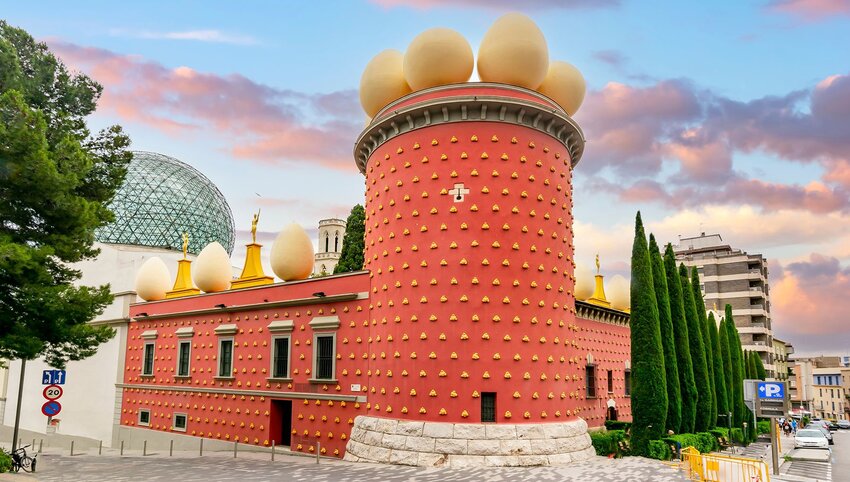Europe is famed for its grand architecture, from the classical columns of Greece’s Parthenon to the fairy tale turrets of Germany’s Neuschwanstein Castle. But look beyond traditional icons like the Eiffel Tower and Buckingham Palace and you’ll find many whimsical structures that range from strange to surreal. Here are just a few weird and wonderful examples of Europe’s avant-garde masterpieces.
Boulder House: Portugal
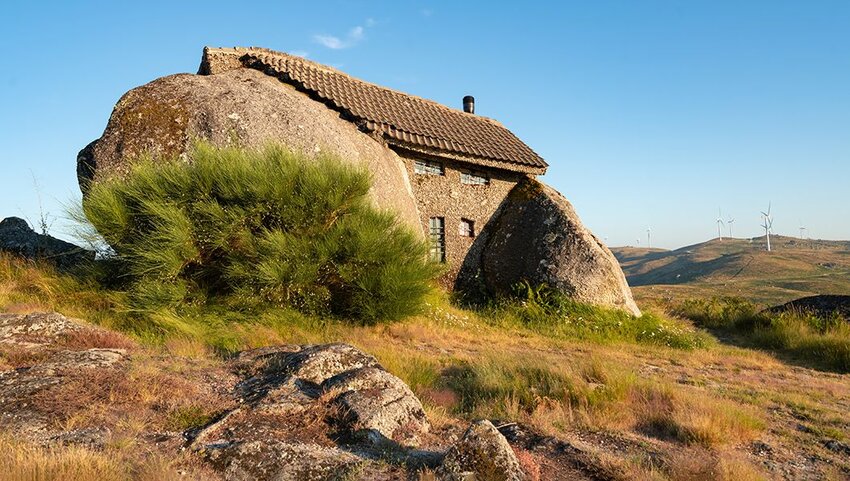
Fred Flintstone and Barney Rubble would be right at home in this prehistoric-looking house perched on top of a mountain in northern Portugal. Enormous boulders form the foundation of Casa do Penedo (Portuguese for "House of the Rock"), which was constructed in the early 1970s and — despite being located next to a wind farm — does not have electricity. The rustic retreat originally served as vacation getaway. Although perfect for a "modern Stone Age family," the unusual dwelling has now been converted into a small museum.
Casa Batlló: Spain

Basically everything built by Catalan architect Antonio Gaudí can be classified as out of the ordinary and people flock to Barcelona to marvel at his organic, modernist creations like the La Sagrada Família — the largest unfinished Catholic church in the world. But the true crowning jewel of Gaudi's work can be found at Casa Batlló. As much sculpture as structure, Casa Batlló has a fanciful facade that incorporates mask-shaped balconies and bone-shaped columns (locals call it the House of Bones) and is topped by a colorful tiled roof that resembles the scales of a dragon. Now a UNESCO World Heritage Site, the house is privately owned but open to the public.
Crooked House: Poland
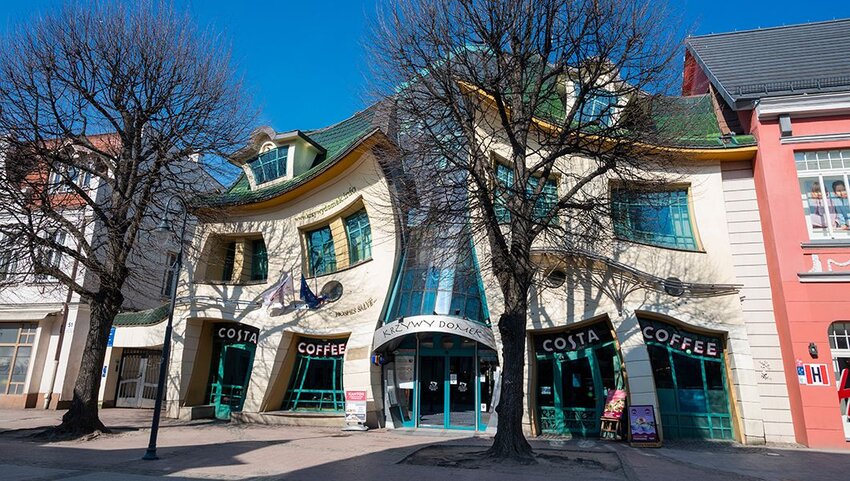
The architects who designed this stretch of a shopping center in the city of Sopot on Poland’s Baltic Coast were inspired by fairytale illustrations, and its undulating curves seem straight out of a dream. Constructed in 2004, the rooflines and walls of Krzywy Domek (Crooked House) melt and merge as if squished by the hand of a particularly playful giant. Shops, salons, restaurants, and offices occupy the whimsical commercial landmark, and there’s even a radio station. Less than an hour away in Szymbark you can also stop in at the topsy-turvy weirdness of the Upside-Down House. Part political statement, part tourist trap, it’s exactly as trippy as it sounds.
Dali Theatre-Museum: Spain
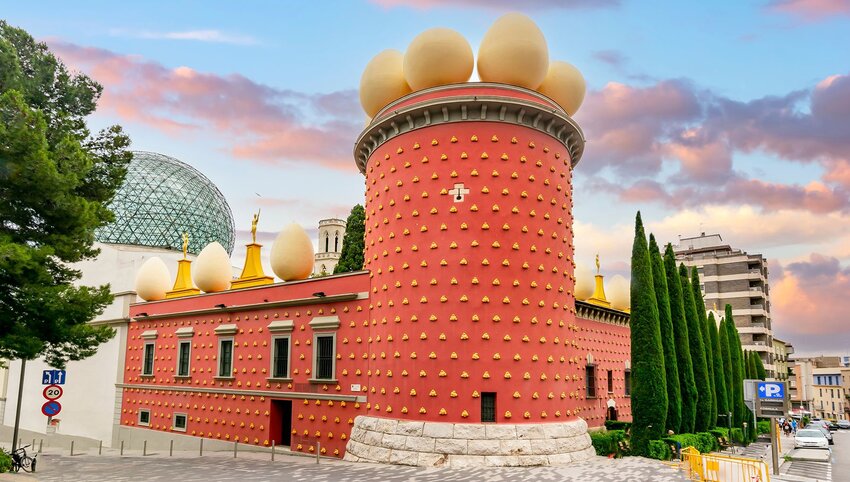
The king of Surrealism, Spanish artist Salvador Dalí is best known for psychedelic paintings like The Persistence of Memory (the one with the melting watches), his ostentatious antics, and his lavishly curled moustache. In his birthplace of Figueres, he designed the largest Surrealist object on the planet ... his own museum. A Moorish-inspired fantasy gilded with giant eggs and capped with a glass geodesic dome, his museum (built on the ruins of a destroyed theater) is also the artist’s final resting place. (He’s interred in an unmarked crypt.) More than a million visitors a year make the pilgrimage to experience the largest collection of his works in a single location.
Dancing House: Czechia
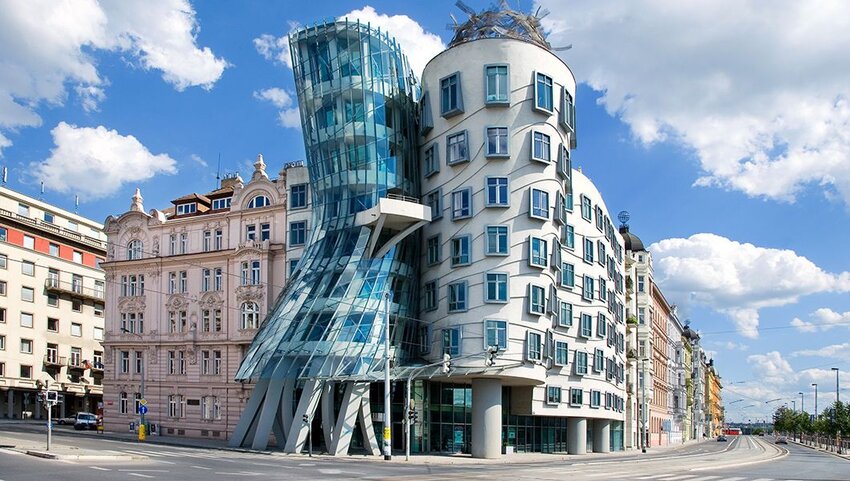
This glass and steel tango of Deconstructivism set along the right bank of Prague’s Vlatva River was the site of a house destroyed by a U.S. bombing raid in WWII. Playwright and dissident Václav Havel lived next door, and decided to construct a cultural center on the vacant lot after he became President of the Czech Republic. Designed by Vlado Milunić and Frank Gehry, the sinuous structure now houses offices, a sleek hotel, and a rooftop restaurant bearing the building’s nickname, ‘Ginger and Fred.’

